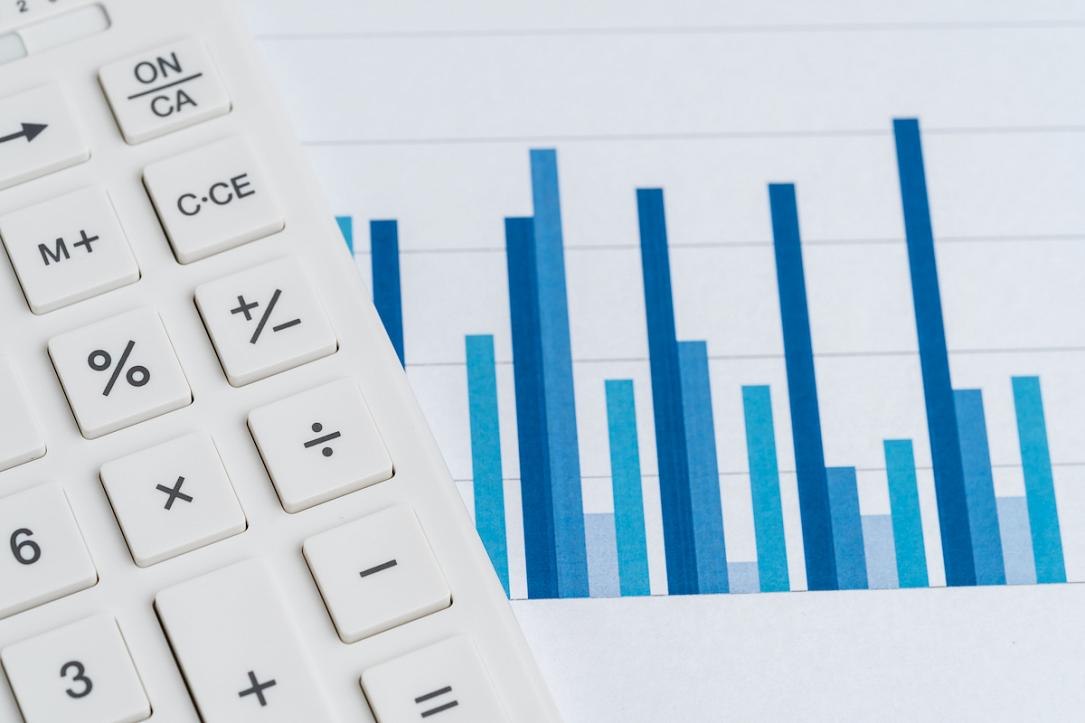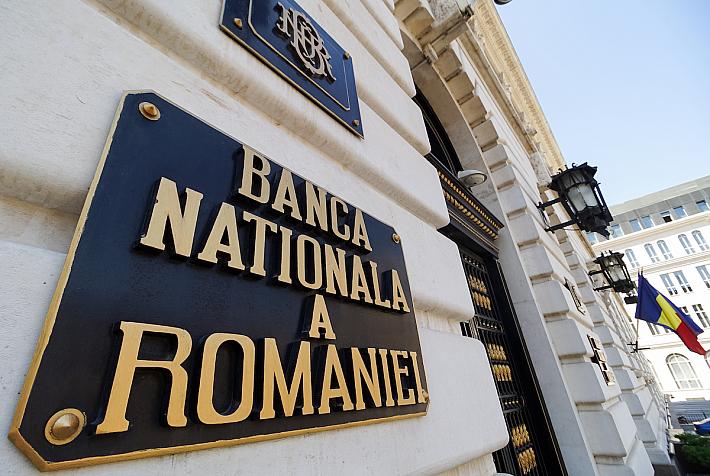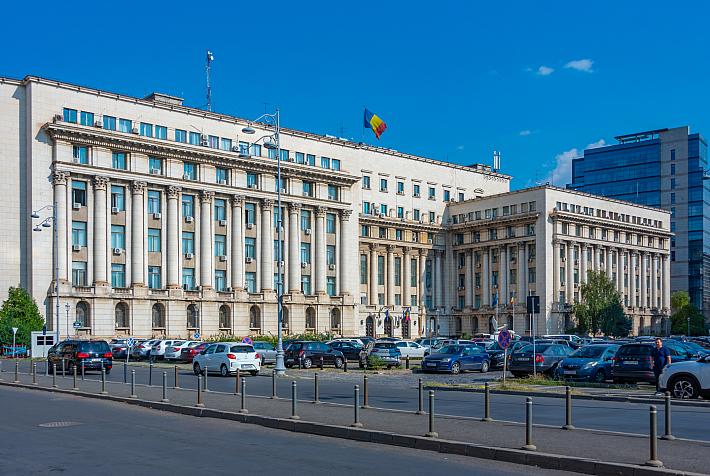Romania's industrial prices down 4% y/y in April

The annual decline of industrial (factory gate) prices in Romania moderated to 4% y/y in April from 8% y/y in March, after the prices remained virtually stable on a monthly basis, according to the statistics office INS.
However, the dynamics were highly contrasting among different categories: the negative growth of the overall industrial price index was caused by the 13.4% y/y plunge in the price of energy that translated into a 3.7% decrease in the intermediary goods' prices.
But the prices of end goods increased quite significantly when it comes to capital goods (+6% y/y), but also for the consumer goods. The prices of durable consumer goods increased by 1.9% y/y and those of non-durable consumer goods by 3.9% y/y – figures close to those seen in March.
The spread between industrial (and energy) prices and end goods' prices should, in principle, consolidate industrial companies' financial robustness, and this may explain the "positive" PMI readings in March-April. In broader terms, this is due to robust (mainly domestic) demand.
Romania's central bank (BNR) in mid-May increased its inflation projection for 2024 to 4.9% from the 4.7% forecast in February, citing a slowdown in disinflation partly due to high wage pressures (demand-side factors).
iulian@romania-insider.com
(Photo source: Nuthawut Somsuk/Dreamstime.com)











